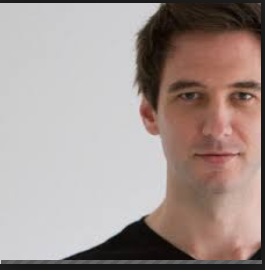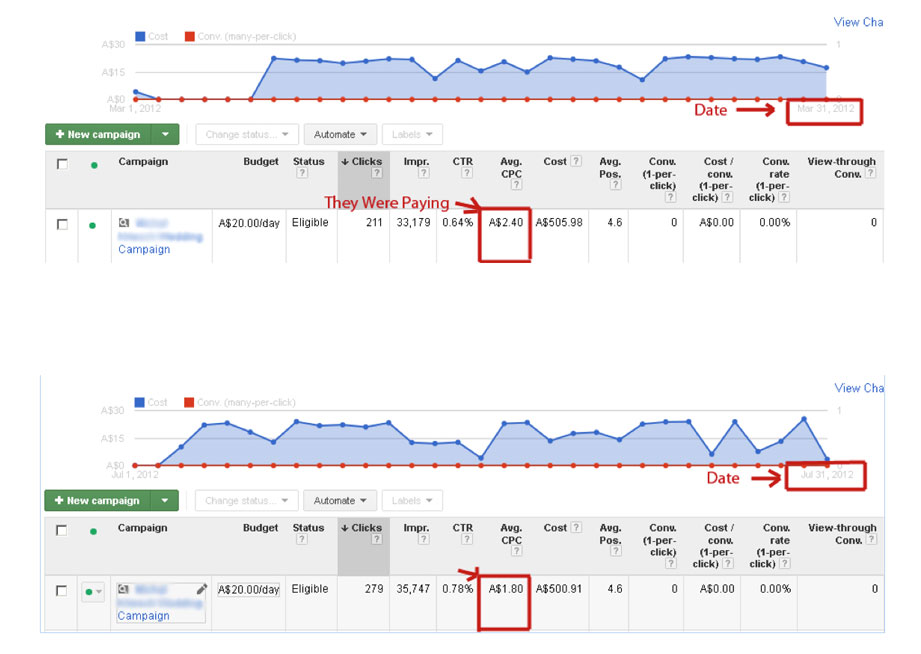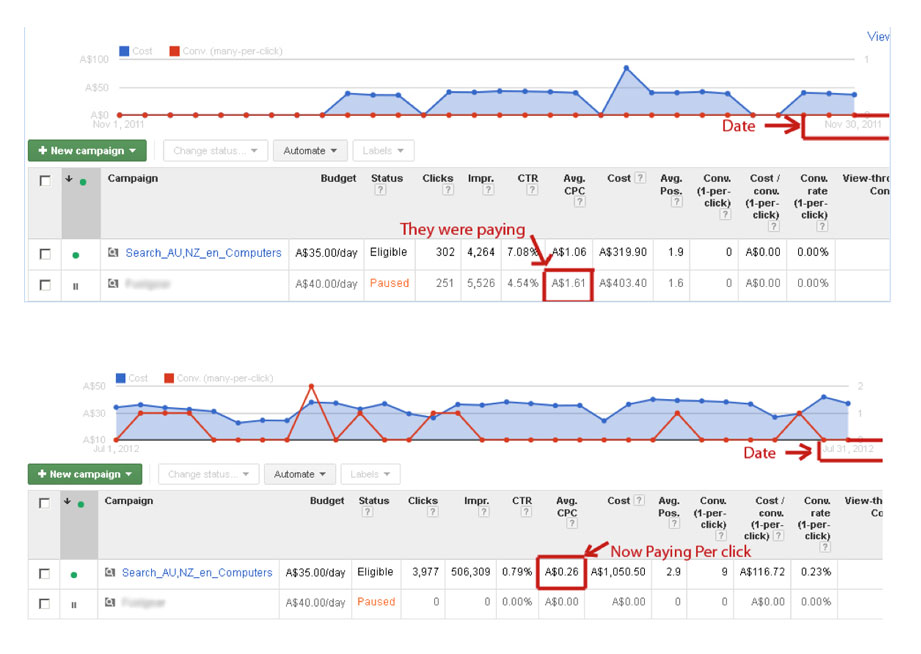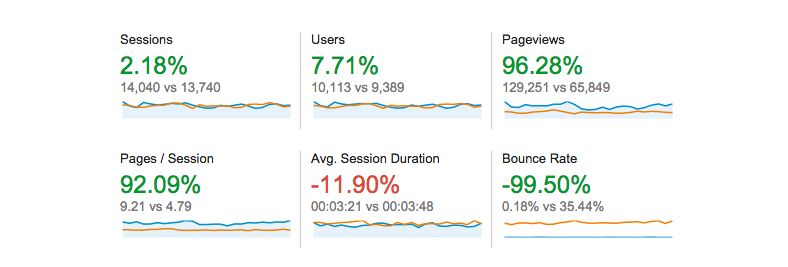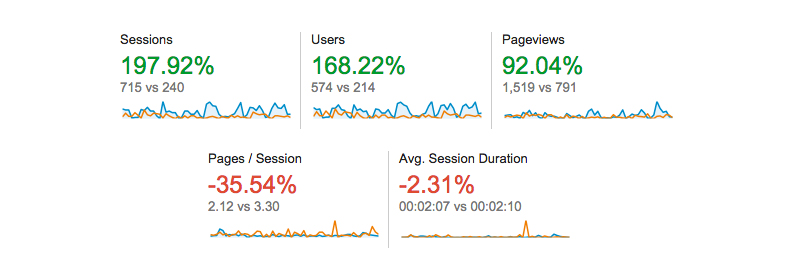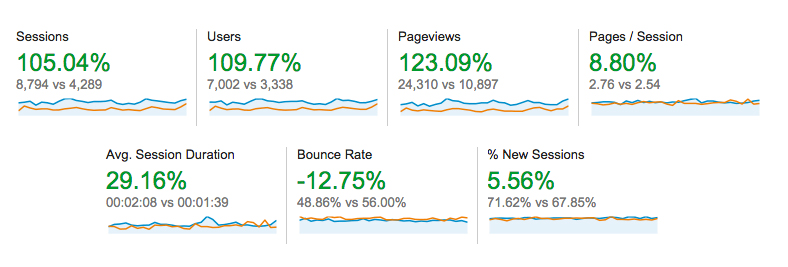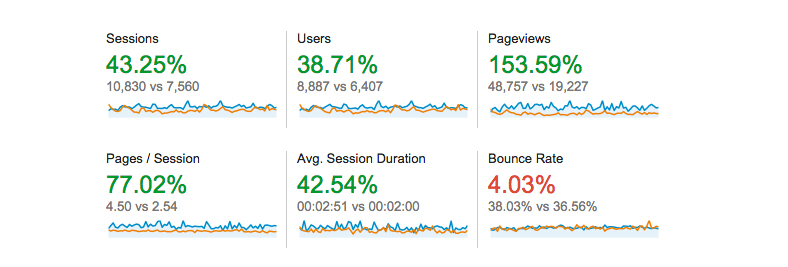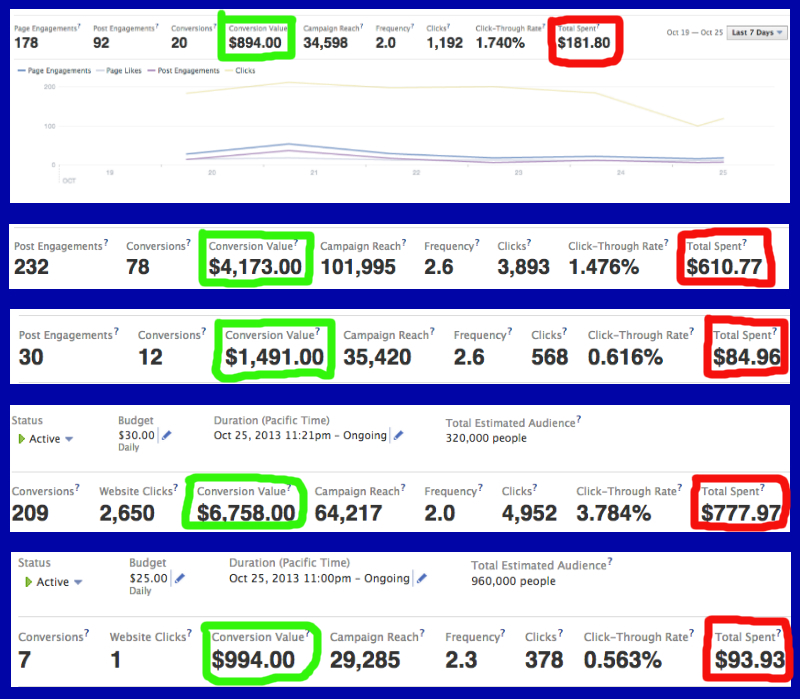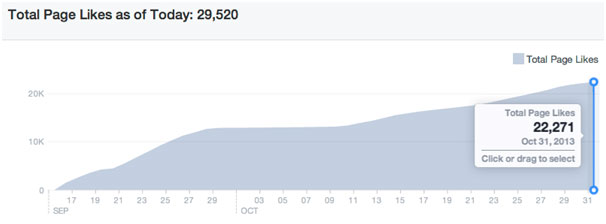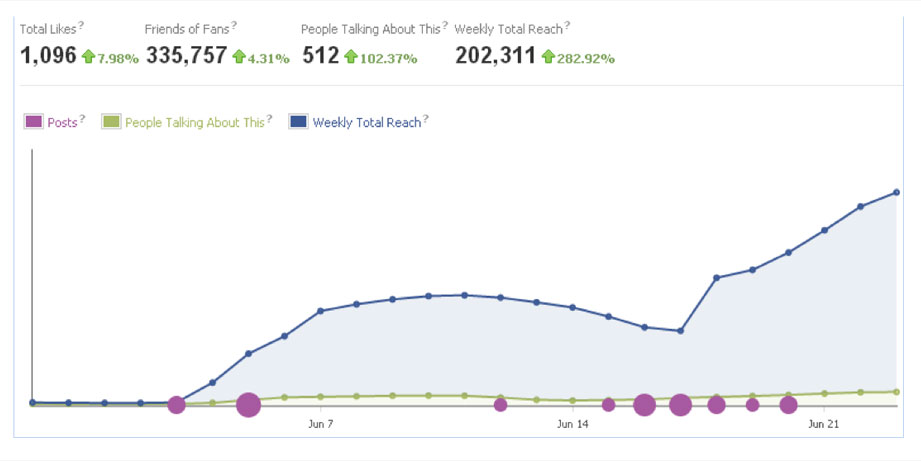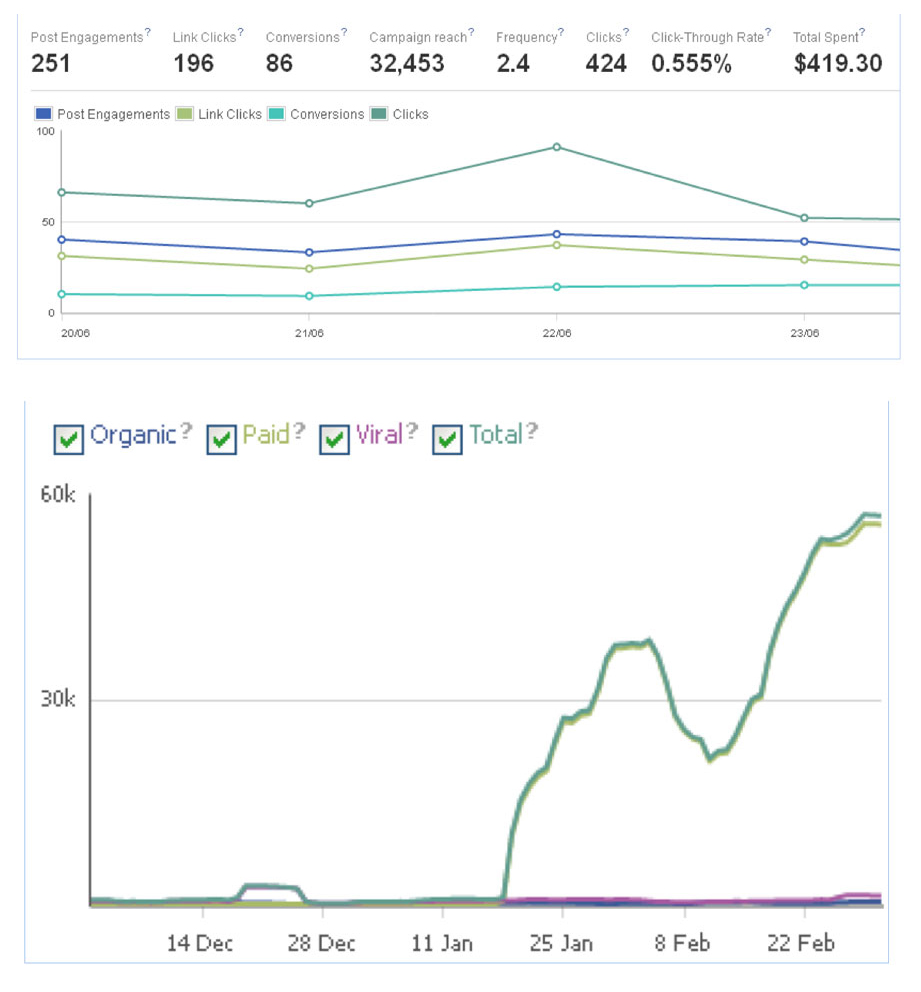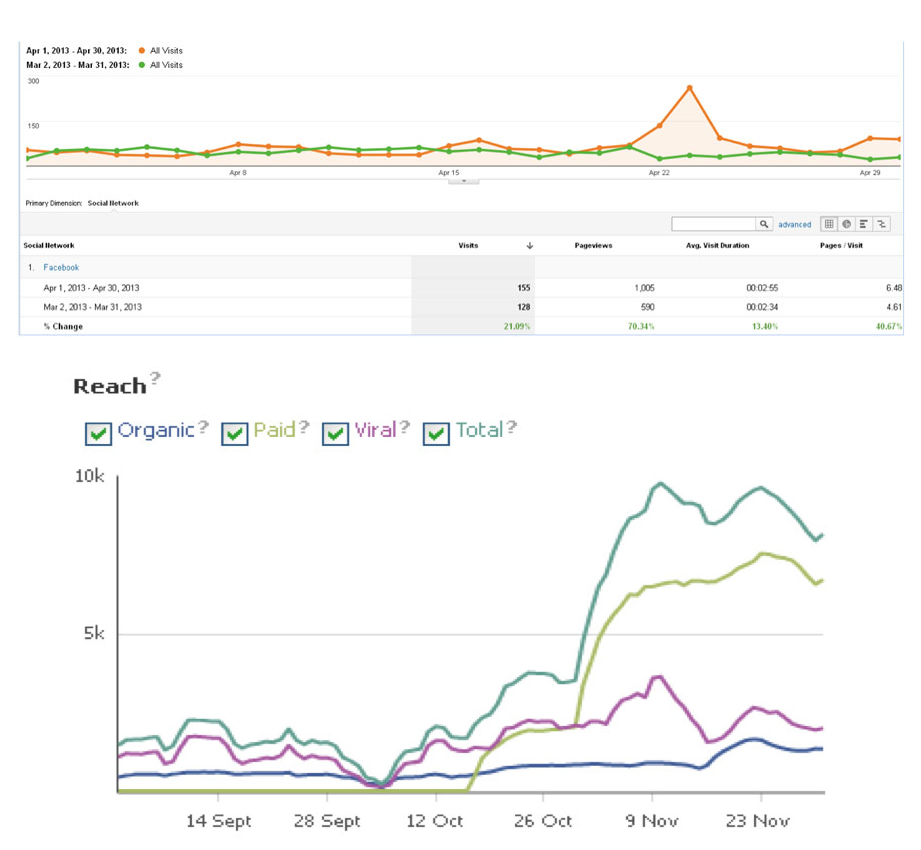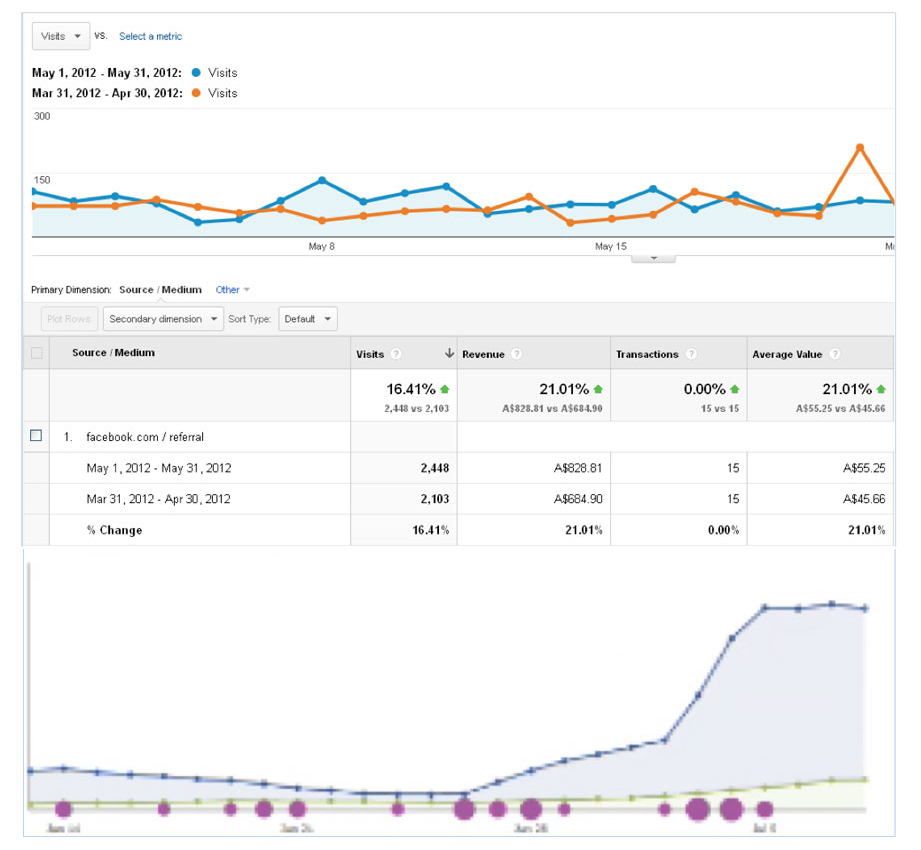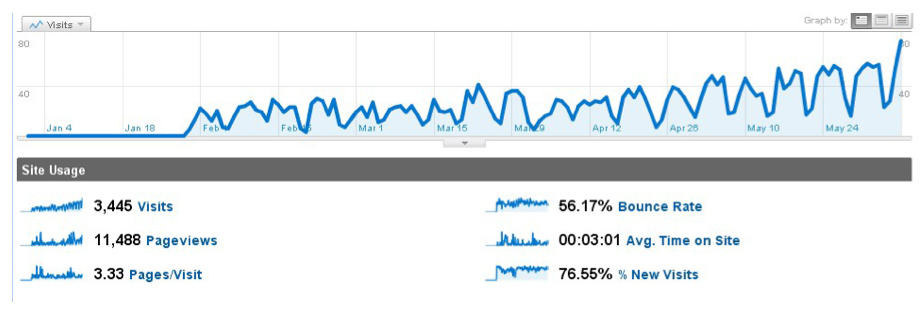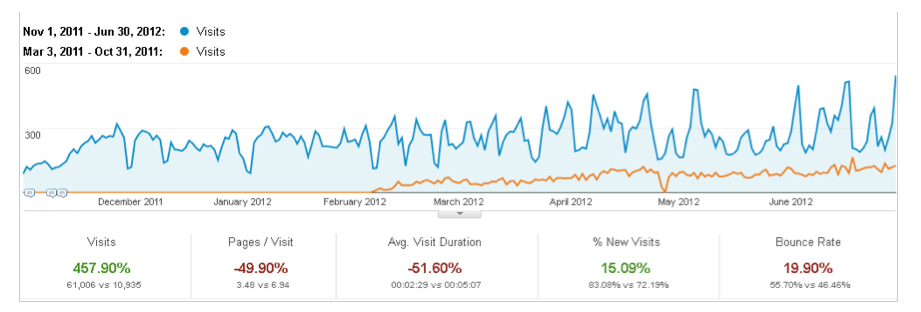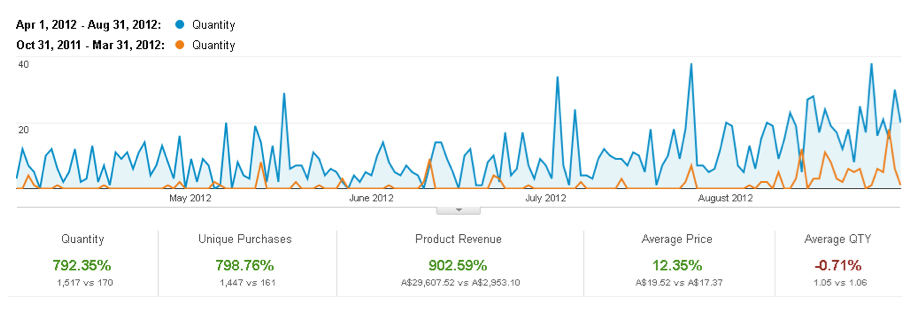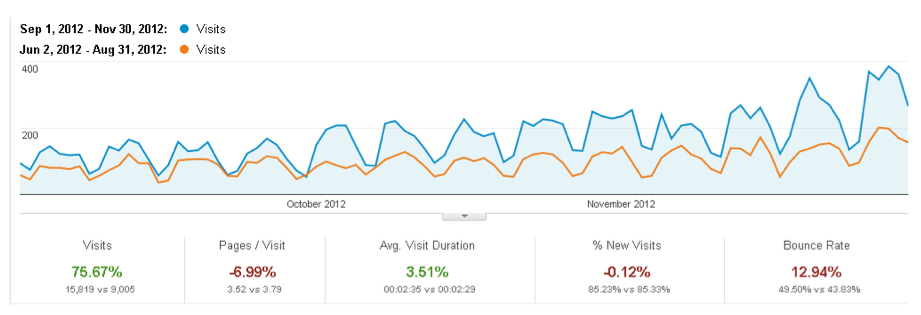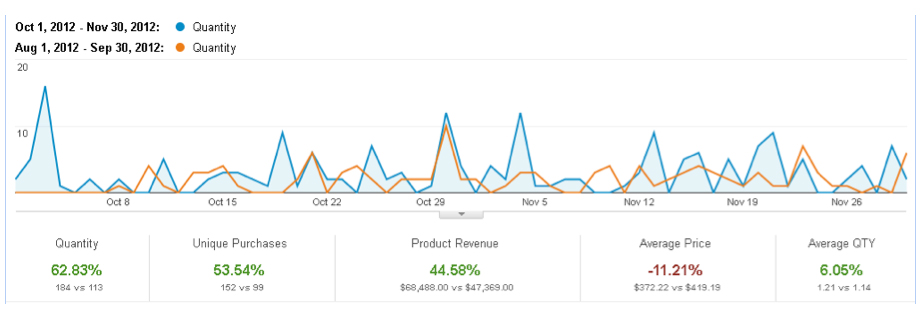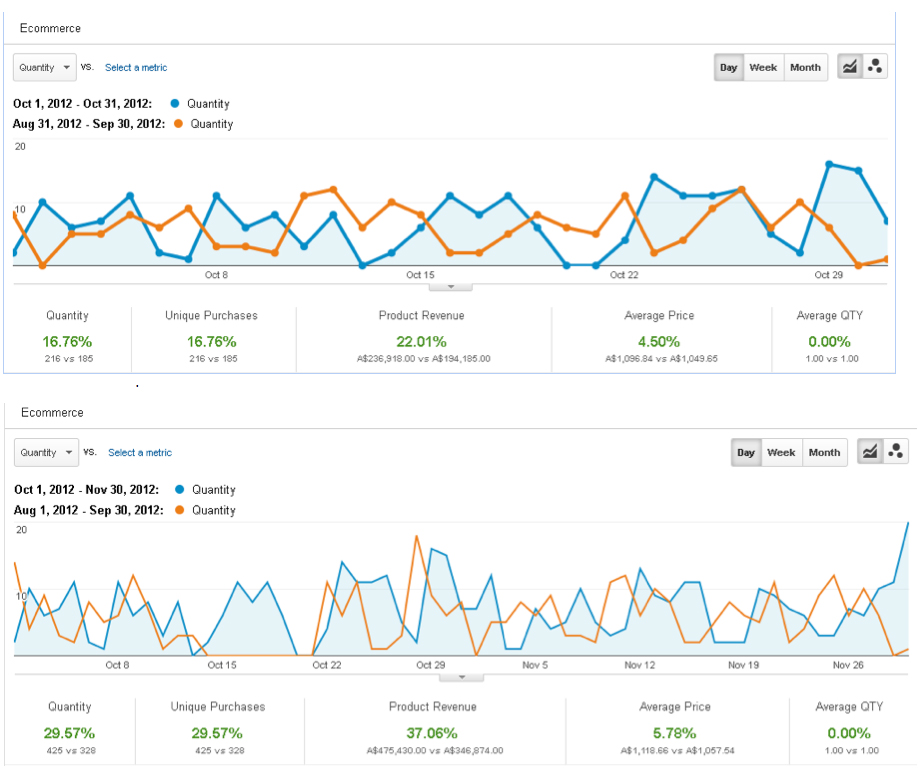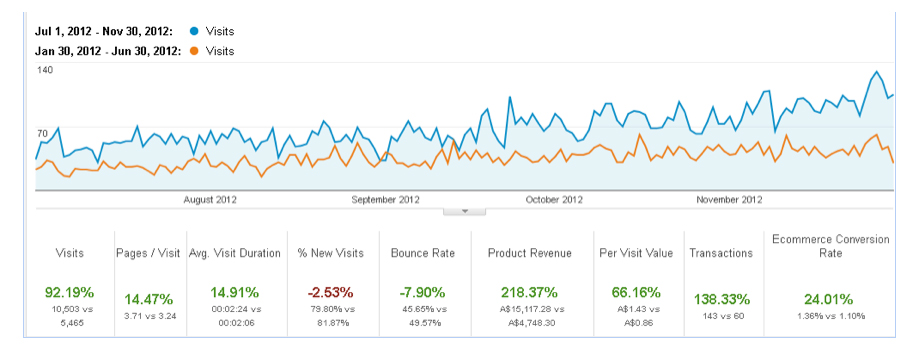 Following the announcement from Facebook that its new Timeline feature is finally ready for launch, there comes the news that it is set to go live for all commercial, brand and business profiles on the social networking site. On March 31st all brand pages on Facebook will be updated to the Timeline Profile, replacing the previous fan pages. This brings a range of important changes which will affect every aspect of your profile, from adverts to the way that you interact with your customers and target audience. Here are three ways to make your Facebook timeline work for your social media strategy.
Following the announcement from Facebook that its new Timeline feature is finally ready for launch, there comes the news that it is set to go live for all commercial, brand and business profiles on the social networking site. On March 31st all brand pages on Facebook will be updated to the Timeline Profile, replacing the previous fan pages. This brings a range of important changes which will affect every aspect of your profile, from adverts to the way that you interact with your customers and target audience. Here are three ways to make your Facebook timeline work for your social media strategy.
1. Be bold with the content above the fold
The new Timeline format entirely reworks the visual appearance of your brand’s Facebook page. While the changes may seem dramatic and challenging, this offers you considerable opportunities for your brand that were not available previously. Perhaps the most important step you can take to keep your brand fresh, eye-catching and exciting is to focus your attention on the content that appears above the page fold (all the content that appears on the screen before the user scrolls down). This is the first glimpse that the user gets of your brand page, and it includes your cover photo, your brand’s category or general information, a section for photos, a section for maps, and 2 or 3 of the custom apps associated with your brand. As the first feature visible to visitors, this content needs to be as visually interesting as possible, with a high level of engagement and interactivity
2. An eye-catching cover photo
The new Facebook Timeline is a highly visual interface, and the new cover photo at the top of every brand page dominates what the user sees, providing a huge opportunity to focus and refine your brand message. According to the Facebook Terms of Service, the 850×315 pixel banner cannot contain pricing or purchasing information, contact information, any form of call to action, or refer to features like as “Like” or “Share” – which means that you need to get creative and come up with an image which simply and effectively encapsulates your brand.
3. Tell a compelling story
The purpose of the Timeline is, of course, to show a progression in time, structured around posts, photos, links, messages, events, locations, music and any other online media or content. You can therefore use this layout to show your target audience an in-depth and compelling story of your brand and its history, and highlight significant events or content that will help your customers to connect with the brand on a more personal level, and engage with your page. The best and most important content should be highlighted – one way to do this is to ‘pin’ a post that you want to keep at the top of the Timeline, where it will remain for one week. This provides a showcase for your best content, or for particular promotions, discounts or features that will generate buzz amongst your visitors over a period of time. You can also use milestones on the Timeline page to mark important events for your brand’s narrative, and use visual media such as photos to document them in a compelling way. This can be a great way to open up conversations with visitors to your page. Starring important events means that a particular post will expand to fill the width of your entire Timeline, making it more visible to visitors and drawing their attention to the content. Using stars and milestones are a good way to build up a brand ‘personality’ and history that will engage your audience more fully.
Sam is a blogger who likes to write about the latest marketing tips and trends. He blogs about conversion optimization techniques with topics like ‘how to identify average site conversion rate in your industry’ and SEO posts like ‘how to get the most out of your keyword research’.


